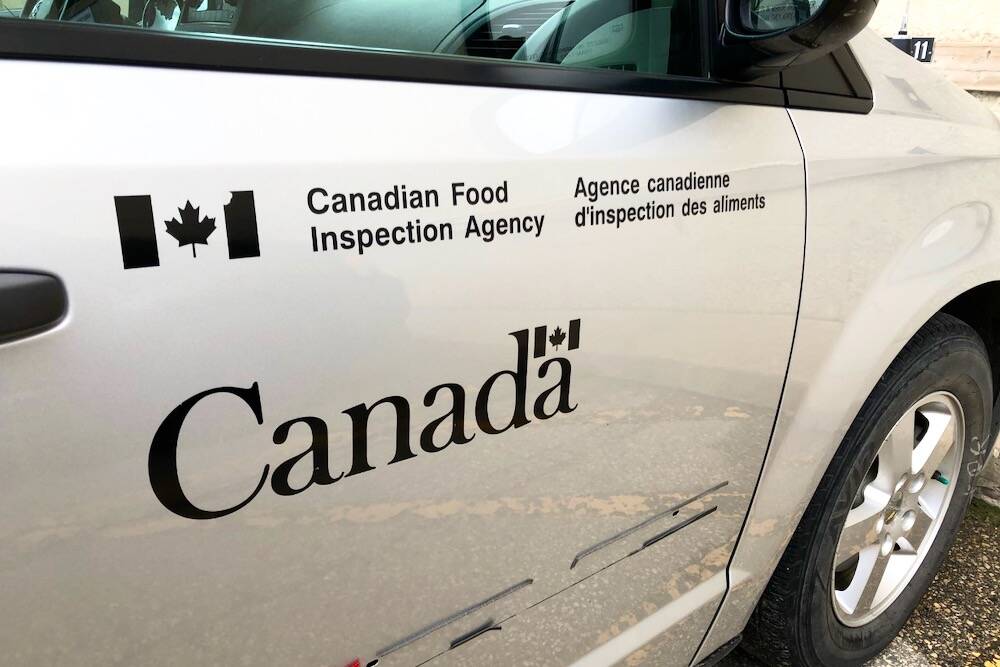Mustard buyers say they will have to pay more next growing season in an effort to boost acreage after a disappointing harvest last year.
Olds Products Co., a condiment maker that typically buys 10 percent of Canada’s mustard crop, offered contracts worth $20 per bushel for yellow mustard and $17 per bu. for brown in 2012.
“We’re going to have to be higher than we were last year,” said Walter Dyck, general manager of the Wisconsin company.
He wouldn’t divulge what this year’s values will be but said the company wants to see at least 350,000 acres of the crop in 2013, up from 336,000 last year despite fierce competition from other crops.
Read Also

B.C. ostriches culled, CFIA confirms
Ostriches on an embattled Edgewood, B.C. farm have been culled after a prolonged legal battle, the Canadian Food Inspection Agency has confirmed.
Kevin Hursh, executive director of the Saskatchewan Mustard Development Commission, has seen new crop prices of 41 cents per pound for yellow, 35 cents for brown and 26 cents for oriental.
Average yields in 2012 were down 13 percent from the previous three-year average because of drought and hail damage. Olds Products Co. was forced to buy mustard on the spot market for the first time since it started contracting acreage in 2009.
Yellow mustard was particularly scarce.
“We are losing our supplies,” Dyck told farmers attending the mustard portion of Crop Production Week.
Mustard carryout is forecast at 55,000 tonnes, but that is before dockage. It will be closer to 40,000 tonnes after dockage, which is a four-month supply for an industry that exports 125,000 tonnes of the crop annually.
Dyck said the supply crunch started when growers failed to respond to the 2008 spike in spot prices like they had to previous spikes. The competition from canola proved too strong.
The problem is there is no substitute for mustard in the production of condiments, so buyers need the acres.
“If it is in your rotation, we need to keep it there,” said Dyck.
EUROPEAN SITUATION
Michael Kemperdick, managing director of Schluter & Maack, a German importer of Canadian mustard, delivered a similar message.
His presentation detailed the demise of mustard production in the European Union.
Output in the Czech Republic plummeted below 10,000 tonnes last year from 35,000 tonnes per year in the 2000s. The country had to abandon a crucial mustard subsidy when it joined the EU in 2005.
Hungarian production is almost non-existent after being the powerhouse of Europe’s mustard industry during the communist era. It’s a similar story for Slovakia, which now produces 500 tonnes per year, down from 5,000 tonnes in its heyday.
Ukraine has stepped in to fill some of the void. It is by far the biggest mustard producer in Europe.
The price spike of 2008 led to 55,000 tonnes of Ukrainian production in 2009, up from slightly more than 20,000 tonnes the previous year. That was way too much mustard for the market.
“A lot of people burnt their fingers, so they don’t like it anymore,” said Kemperdick.
Production fell to 25,000 tonnes in 2012, partially because of disappointing yields. Kemperdick expects a return to slightly more than 30,000 tonnes in 2013, but he doesn’t foresee another huge bounce in Ukrainian production soon because of the bad experience in 2009 and stiff competition from wheat and rapeseed.
“The trial and error phase is a little bit over in Ukraine,” he said.
“It will take a prolonged period of higher prices to get production increasing to what it would have to be to fully supply the European market.”
That means there should be good opportunities for Canadian mustard sales in the EU despite a significant freight disadvantage compared to Ukrainian product.
“Despite some attempts to get independent from Canadian supply, Europe is anything but independent from Canada,” said Kemperdick.
“The good quality comes from Canada, and that’s your big advantage here.”
CARINATA
Steve Fabijanski, president of Agrisoma Biosciences Inc., said his company will contract five to seven times the 6,700 acres of carinata grown last year. Carinata is a cross between canola and mustard.
The company is establishing volumes needed by manufacturers of biojet fuel, compiling a list of interested growers and preparing to offer contracts to farmers in February.
The 2012 contract paid growers $12.50 per bushel plus a $40 per acre premium.
Fabijanski said 2012 yields ranged from 10 to 42 bu. per acre for the first variety of carinata to be commercialized. About two-thirds of the growers who planted the crop in 2012 said they would grow it again this year.
The other one-third experienced harvesting problems.
Fabijanski said growers have to realize carinata is a crop that can be left to the end of harvest.
“We basically have to tell them, ‘just wait. Wait until you can’t stand it anymore,’ ” he said.
The crop performed well under hot and dry conditions that withered neighbouring canola fields and did a good job withstanding hail and wind.















